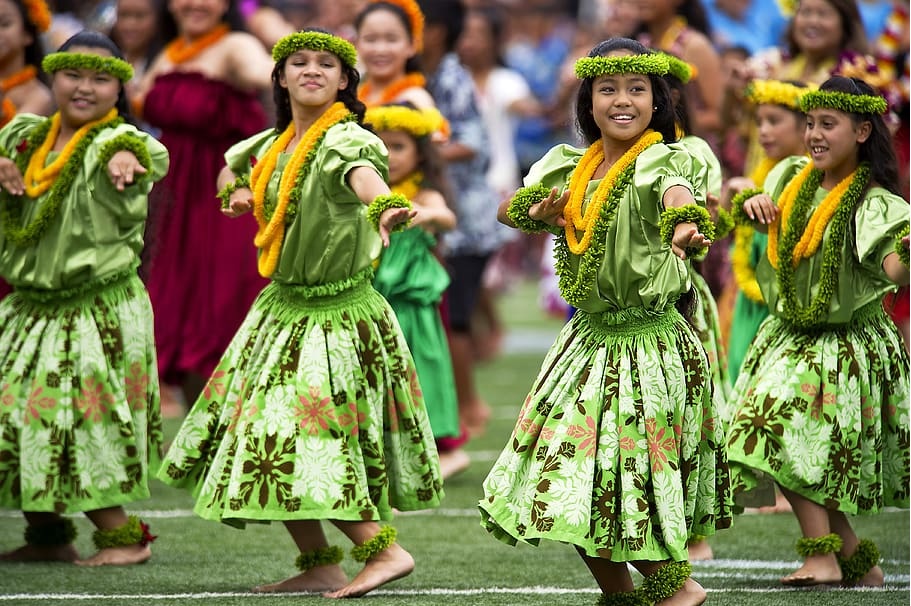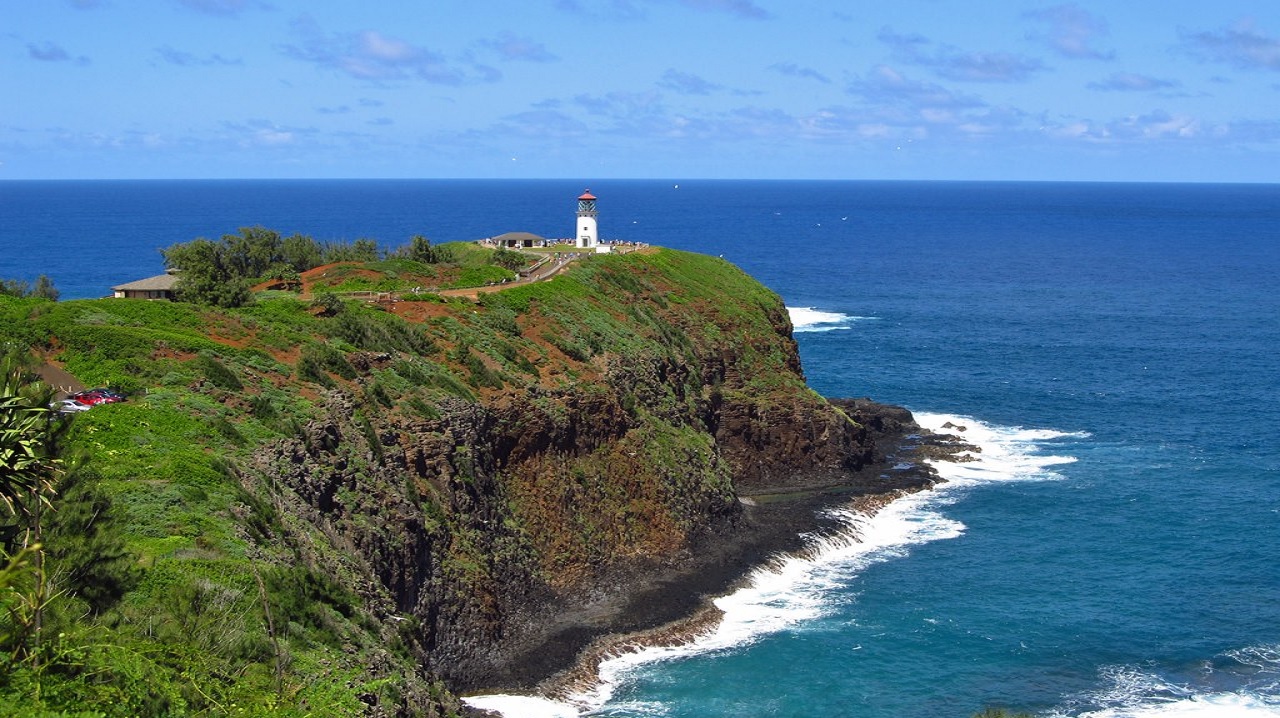Hawaii is a dream destination for many travelers With its beautiful beaches, wondering rainforests, and amazing landscapes. But with its tropical climate, deciding when to visit these paradise islands can be tricky. The weather in Hawaii stays relatively warm and sunny year-round, but there are subtle seasonal differences that can affect your travel plans.
We’ll break down the best and worst times to visit Hawaii based on weather, crowds, prices, and events. We’ll provide advice on when to book hotels and flights—peak vs shoulder seasons. And we’ll highlight key annual Hawaiian cultural events that may factor into choosing your travel dates. Read further for expert advice on organizing the ideal Hawaii trip, regardless of your travel style: calm retreat, thrilling family holiday, or romantic beach break.
Weather and Ocean Conditions of Hawaii
The Hawaiian Islands enjoy warm tropical weather year-round, thanks to their location in the middle of the Pacific. But there are some variations based on season and island that can impact your beach and adventure plans.
The winter months from November to March see more rain, especially on the northern shores. Temperatures remain balmy in the 70s and 80s, but the extra rain can put a damper on outdoor activities. Ocean conditions can be rougher in winter as well, making snorkeling and surfing more difficult.
Spring and summer offer reliably sunny, dry weather throughout the islands. Temperatures soar into the 80s and 90s, making beach days and hikes more comfortable. The ocean is calm, having ideal conditions for snorkeling and diving. This is why summer is peak tourism season.
Fall is an excellent shoulder season, with fewer crowds and continued sunny days. September and October see less rain as hurricane season passes. Temperatures cool slightly back into the balmy 80s. The fall months are a sweet spot offering great weather with fewer crowds and more affordable lodging prices.
Peak vs Off-Season Travel
Deciding when to visit Hawaii depends largely on your budget and tolerance for crowds. June through August is peak season, when prices soar and popular resorts book up. Families often travel in early summer when school is out. Hotels and airfare can be up to 50% more expensive compared to the spring and fall shoulder seasons.
For a balance of good weather and lower prices, target the spring and fall shoulder seasons. March-April and September-mid-December are excellent times with pleasant weather and fewer tourists. You’ll enjoy room rates up to 25% lower than in summer. With moderate temperatures and smaller crowds, spring and fall are great for hikes, beach days, and outdoor exploring.
For major bargains, consider winter travel. While the weather can be rainier, airfares and hotels are at their lowest rates. If you score a stretch of sunny days, the islands will be far less crowded. The only major caveat is that large winter swells can make snorkeling and surfing more challenging.
No matter when you visit, be flexible with your hotel location rather than demanding a specific area. Pricier lodging rates cluster on the most popular beaches. But you can save significantly by staying just a short drive away in a less touristy town.
Key Hawaiian Events to Consider
Beyond weather and crowds, Hawaii’s vibrant culture offers events and festivals throughout the year that enhance any visit.
The Merrie Monarch Festival celebrating traditional hula dancing takes place in Hilo every April. Late October hosts the Hawaii Food & Wine Festival on multiple islands. Throughout October and November, Hawaii hosts global artists and musicians for the Maui Ukulele Festival and the Kona Coffee Cultural Festival.

For a taste of Hawaiian sports, the Triple Crown of Surfing takes place November through December on Oahu’s North Shore, showcasing epic waves and surfing. The Vans Triple Crown is a highlight of the surfing world tour.
Of course, Honolulu’s iconic Waikiki neighborhood comes alive every December 31st for one of the world’s best New Year’s Eve celebrations. With fireworks over the ocean and parties across town, it’s an unforgettable way to ring in the New Year on island time.
No matter your ideal season, planning your Hawaii travels around the unique local festivals and events can make your vacation even more special. Time your visit right and you may be rewarded with an experience you won’t find anywhere else.
Conclusion:
With its tropical climate and cultural diversity, Hawaii offers unique adventures year-round. Perfect weather can never be guaranteed due to Hawaii’s location in the Pacific. But following the seasons and understanding the variance across the islands can help ensure you have the best trip possible.
Peak summer travel brings ideal weather yet intense crowds and higher prices. For a balance of sun and affordability, target the spring and fall shoulder seasons. And if you’re on a tight budget, don’t overlook a winter visit when airfares dip to unbelievable lows.
Pairing your trip timing with Hawaii’s vibrant festive time can further enhance your cultural immersion and memories. Do your research based on which islands and events match your interests. And be sure to book accommodation and activities well in advance if you’re traveling during peak seasons.
By considering the best weather patterns, crowds, prices, and events for your ideal Hawaiian experience, you’re sure to have an unforgettable tropical getaway.
If you want to explore more info on Travel visit USA EXPRESS 24

